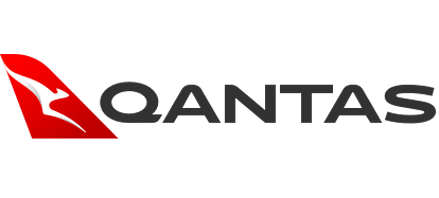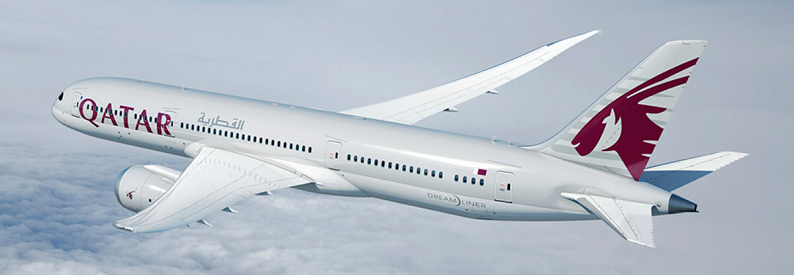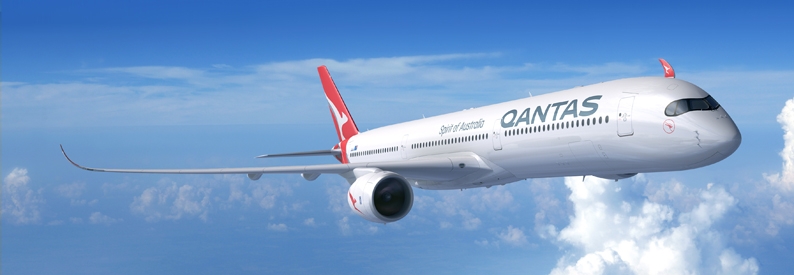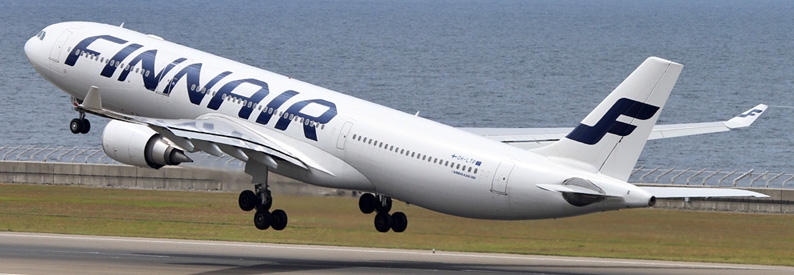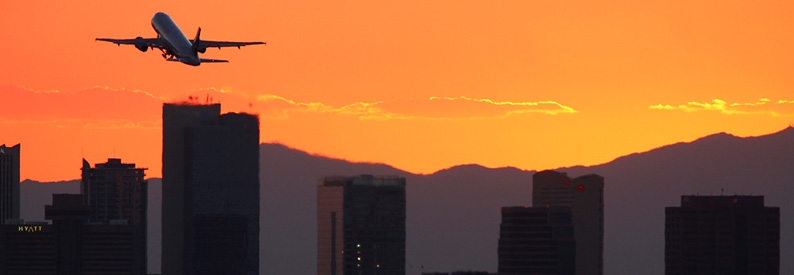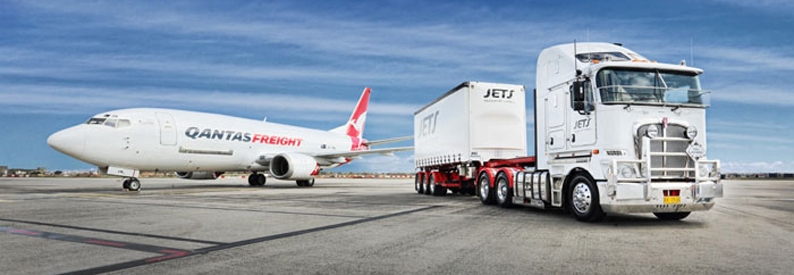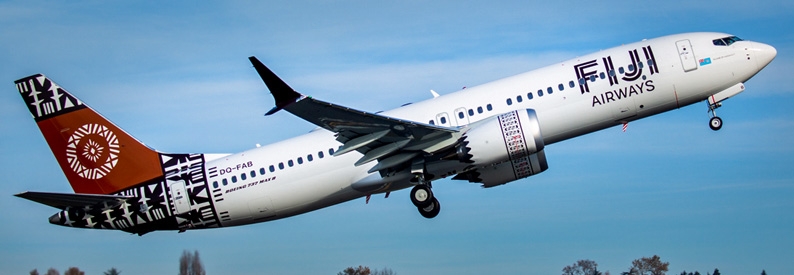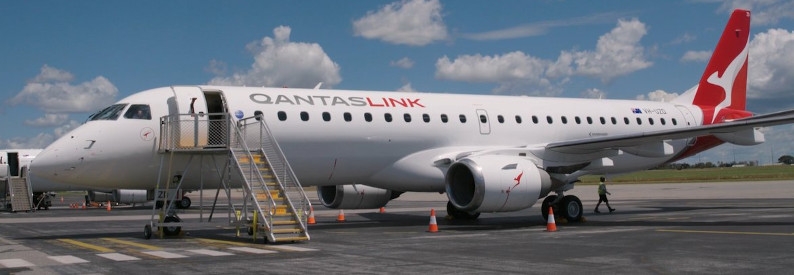Australian airlines have scrambled to reinstate capacity on the decimated Sydney Kingsford Smith to Melbourne Tullamarine route following the announcement that the border between New South Wales (NSW) and Victoria will re-open on November 23, 2020.
Qantas (QF, Sydney Kingsford Smith) and its wholly-owned subsidiary Jetstar Airways (JQ, Melbourne Tullamarine) have seen a huge spike in demand for travel between NSW and Victoria. About 25,000 seats were sold across both airlines in the first 48 hours after the announcement, of which 17,000 were for flights between Sydney and Melbourne, and the remainder between Melbourne and Ballina, and Melbourne and Newcastle Williamtown. One-third of bookings were for flights in the first week of borders opening, highlighting strong pent-up demand for domestic travel, according to local news reports.
Jetstar Group Chief Executive Officer Gareth Evans said: “Jetstar had around 1,000 bookings in the first hour alone, which is more than 10 times the rate of booking we’ve seen in recent months. Within hours of the announcement, thousands of people had booked flights, which shows us that domestic travel demand is very strong.”
The decision to re-open was a drastically needed lifeline for the airlines as the route between Melbourne and Sydney was the busiest air route in Australia and the second busiest in the world before COVID-19, according to Qantas Domestic & International Chief Executive Officer, Andrew David. “On a busy day, Qantas and Jetstar would operate more than 100 flights per day between NSW and Victoria. During the lockdown, our schedule reduced to as low as one flight a day,” he said in a statement. David lauded the governments of Victoria and NSW for their “sensible, risk-based approach to borders", but remained critical of Queensland and Western Australia, whose borders remain closed.
From November 23, Qantas and Jetstar will again operate more than 250 flights per week across five routes between NSW and Victoria - adding 48, 000 seats between the two states – and plan to add more flights based on demand. At the moment, they are only operating about 10 return flights a day between Melbourne and Sydney (the only route currently operating between NSW and Victoria).
The flights will boost the Qantas Group’s overall domestic capacity from around 30% of pre-COVID levels to just under 40% from late November, with an unspecified number of aircraft being re-deployed and more employees returning to work to support the additional flights.
From November 23, Qantas will run 75 weekly rotations between Melbourne and Sydney; five between Bendigo and Sydney; and four return flights between Mildura and Sydney. Jetstar will add 42 return services between Melbourne to Sydney, 10 between Melbourne and Newcastle Williamtown; and five between Melbourne and Ballina from November 23.
Meanwhile, Virgin Australia (VA, Brisbane International) in a statement said it would resume four return services a day between Sydney and Melbourne from November 23 and would continue to increase capacity in the run-up to Christmas. It said it planned to have more than 20,000 seats a week by Christmas, and would also bring in flights to Ballina and Coffs Harbour. The reintroduction of services between Melbourne and Newcastle would be brought forward from December 15 to November 24.
Rex - Regional Express (ZL, Wagga Wagga) will start flying Sydney-Melbourne return services on March 1, 2021, and between Sydney and Brisbane International from April 2021, Deputy Chairman, John Sharp, announced in a statement. The airline recently took delivery of the first of six leased B737-800s, all formerly operated by Virgin Australia, which has reduced its fleet as part of its restructuring process. The other five aircraft are scheduled to arrive over the following four months. Three aircraft will be used to launch Rex's flights on the Sydney-Melbourne route. The other two will enter service by April.
Until now, Rex has operated a fleet of 56 owned Saab 340A and Saab 340B turboprop aircraft (plus one S340B(Plus) leased from Montrose Global) on Australian regional routes. “If our services prove successful, we will inject up to 10 aircraft into the domestic market by the end of 2021. From there, we intend to develop a full domestic airline network, linking all the capital cities over time,” he said.
Sharp said the airline expected to grow its trunk route market share from its existing regional network, estimating that 30-40% of its regional travellers were currently connecting onto other airlines. With a low-cost base, he said the airline would offer a competitive alternative to Jetstar, Qantas and Virgin Australia. The carrier recently signed an initial agreement with investment firm PAG Asia Capital to secure the funding it needs to support the jet service. Rex said its preparations were proceeding on schedule, and it hoped to receive regulatory approval in December and begin selling tickets later that month.
NSW closed its borders on July 8 following a surge in COVID-19 cases in Melbourne, which began at the end of June. However, restrictions remain for travel to Queensland and Western Australia. Queensland remains shut to Greater Sydney despite opening to regional NSW from November 3. From November 14, people can enter Western Australia but must self-quarantine for 14 days.
